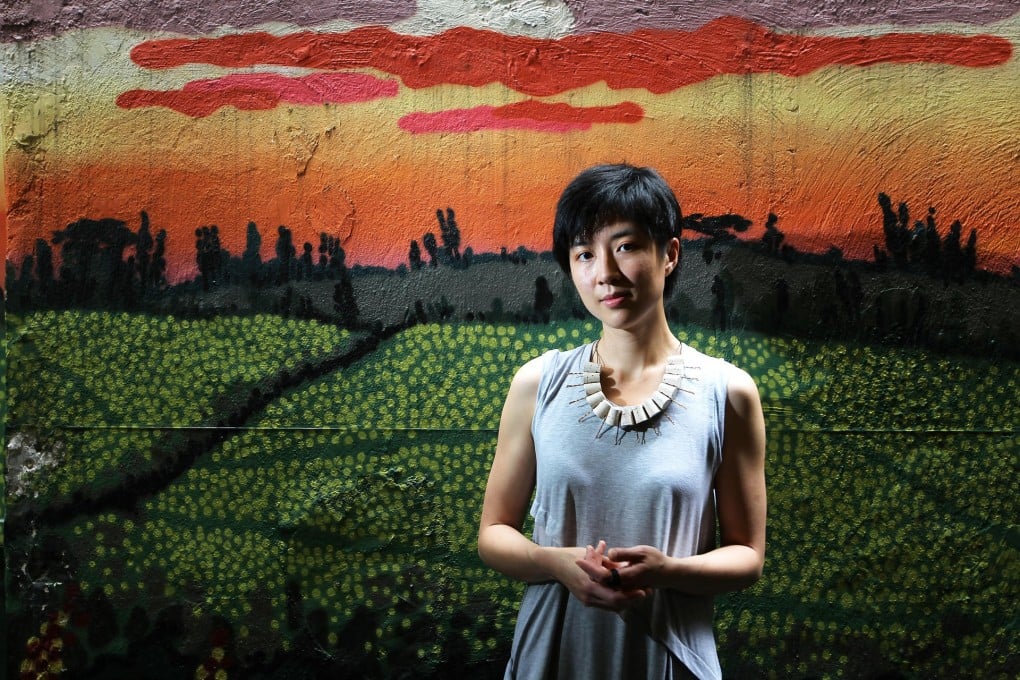Mixing and matching: Caroline Mak
Caroline Mak's inquisitive mind helps her succeed in both her callings, writes Doretta Lau

Visual artist Caroline Mak leads a double life. Since 2010, in addition to maintaining her art practice, she has been running a successful beverage company, Brooklyn Soda Works, with her boyfriend, research chemist Antonio Ramos, in New York.
Mak, who was born in London and grew up in Hong Kong, studied biology and studio art at Stanford University, graduating in 2002. "I like being in the lab," she says. "I love the idea of working problems out by doing and I feel like I have a fairly analytical mind."
Despite her love of science, she realised she wanted to make art, so returned to school in 2003 and earned an MFA in sculpture and installation at the University of Chicago. Shortly after graduation, she began showing her installations across the US, in Europe and Hong Kong. One piece was shown as part of the first Hong Kong Art Fair.
Just before visiting the city this month, Mak had just finished the Emerge programme at Aljira in New Jersey. "They teach you how to run your art career a little more like a business, which I thought was an interesting way to approach it."
Last year in December, she showed an installation as a part of the Detour exhibition in Wan Chai. It was composed of PVC pipes, mylar, ink, acrylic paint and tape.
"I think the installation at Detour was especially memorable because I had just finished doing a residency in a church in upstate New York," she says. "They put you up inside the church so you live in there and your studio is also in the church. It was kind of deathly quiet and the idea of time was really strange. There was dim winter light coming through stained glass windows, which is really pretty, but you get no clue what time it is.